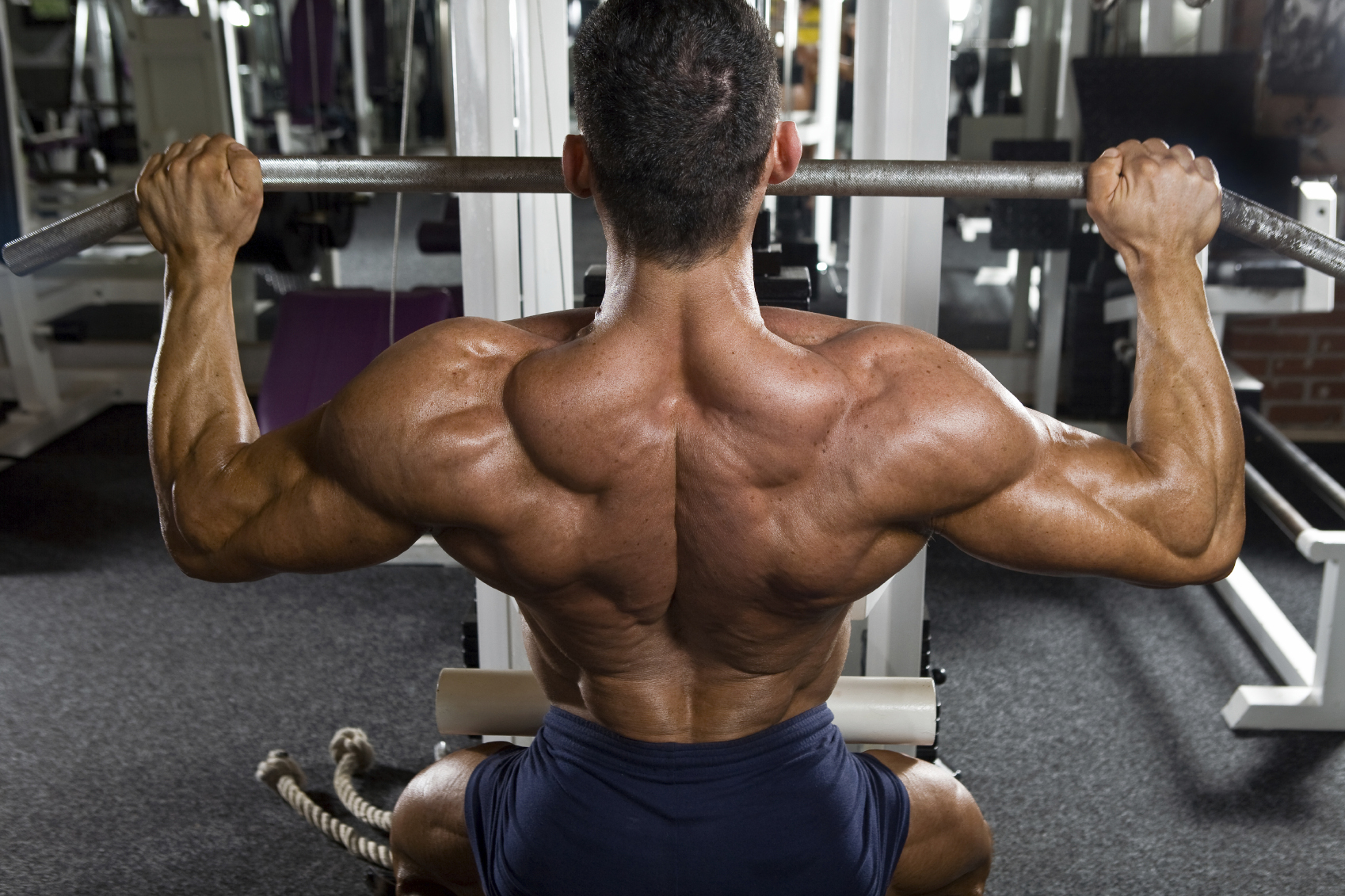
Facing The Fear of Deadlifts
Deadlifts are some of the most engaging full body compound exercises that can exist, which is a reason why some people may choose to avoid using them to prevent possible injury. A deadlift is any variation of a movement where a barbell or dumbbell is lifted from the floor to hip level.
With any variation of the exercise, the trapezius, rhomboid, latissimus dorsi, and erector spinae muscle play a large role in stabilizing the back during the pulling portion of the lift.
Besides the knee, the back is one of the most common for injury when weightlifting without taking precautions. While it’s understandable why deadlifts are perceived as a dangerous exercise, many weight training programs strongly emphasize deadlifts as one of the power three exercises for evaluation of true strength and muscle (bench press, squat, deadlift).
While deadlifts can be effective, are they truly necessary to for achieving a sizeable and muscular back?
Are Deadlifts Exercises Necessary for Muscular Development

Deadlifts are often recommended by many trainers and strength and conditioning coaches for their effectiveness in engaging large surface areas of muscle, which is great for either a fat loss or muscle building standpoint.
Large compound movements such as the deadlift often require more instruction and guidance in order to be properly performed. A beginner will have trouble with proper bar alignment from the beginning of the exercise to the execution of the pull at the end of the movement.
For this reason, and because many other back exercises can be substituted in place of deadlifts, I don’t truly think they’re necessary for an emphasis on muscular development.
When studies were conducted to evaluate the effectiveness of deadlift motions on the muscles surrounding the spine, the results showed that the paraspinal muscles were more active with deadlifts than with bodyweight exercises.
Deadlifts really do engage the muscles in the way that many exercises can’t, however they’re not for everyone.
The legs and glute muscles are engaged during the movement, but the risk of injury can occur when the shoulders are not drawn inward when lifting from the floor. Retracting your shoulders helps maintain your spine in the neutral position and prevents you from pulling up with a “rounded back”.
Use precaution when performing deadlifts. If you have previous lower back injuries, surgeries, or problems with spinal discs, you may want to consult with a physical therapist or specialized practitioner recommendations on alternative back exercises that can better suit you.
The Wrap-Up
The deadlift is often recommended for their effectiveness as a muscle building and fat burning compound exercise. The downside of this effective exercise is the possible risk of injury due to a steeper learning curve in comparison to some other exercises. Alternatives to the deadlift can perform to properly develop the back and isn’t necessary if this is your primary goal.

Leave a Reply
You must be logged in to post a comment.